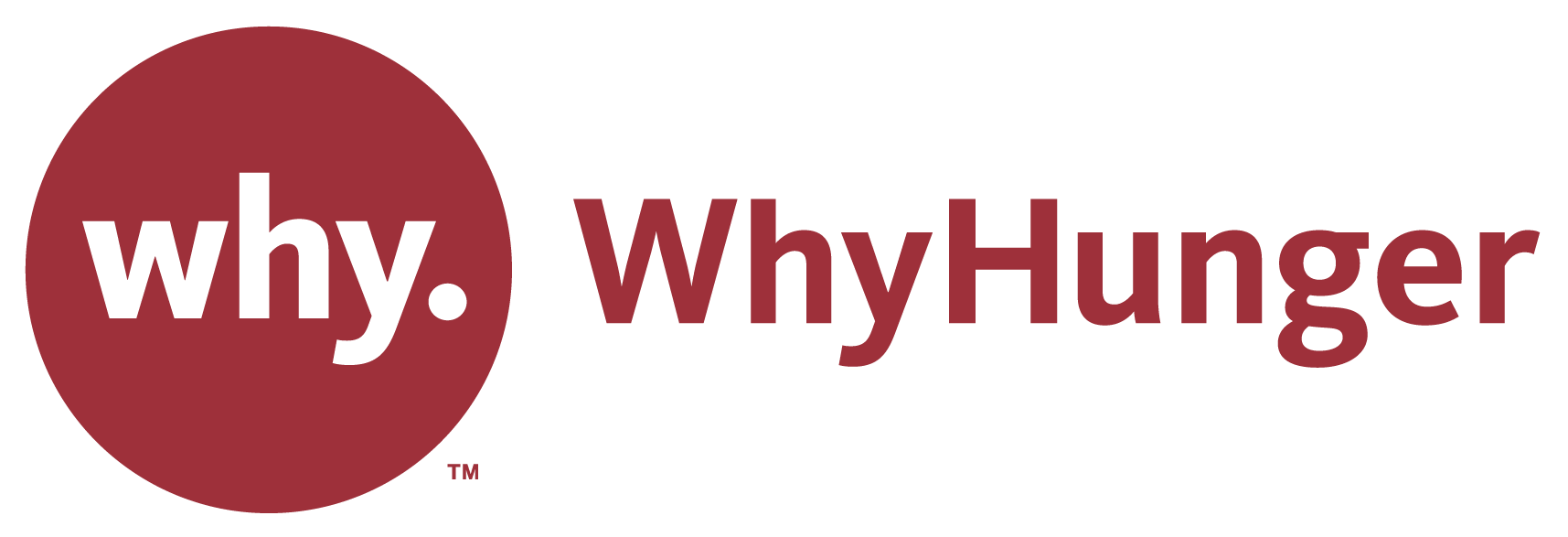Please read these questions and let us know what your organization and others in the Natural State are doing to move legislation and policy in a direction that helps those in need.
Virtually all states have budget deficits and extensive financial problems this year and beyond. The states are also the custodians and administrators of multi billions of dollars of federal assistance programs. State policies related to hunger and poverty contain a great deal of state money that is in short supply right now but much more federal money that can grow as the use of the programs grows.
These state policy questions are meant to begin a conversation about how states can deliver more services to their citizens who are facing extreme long term unemployment, hunger, home foreclosures and loss of health insurance and pensions.
Please read them and let us know what your organization and others in your state are doing to move legislation and policy in a direction that helps those in need, especially the poorest of the poor, the millions of new poor, seniors, returning vets, children and the homeless.
Our intention is to create a place on our website that will highlight policy actions that state based organizations are taking and how they are proceeding. We also hope to host a WhyHunger State Policy Award for the best state policies in the U.S.A.
1. Arkansas per capita income is the second lowest in the country at $ 20,612 per year. It is also ranks 3rd for the percentage of the population living in poverty, with similar rankings for child and senior poverty. In addition more than a third of jobs in the state pay below the minimum wage. Is there any effort being made to increase the minimum wage and promote a living wage for those who are not covered by its guidelines?
2. Arkansas is a Right to Work state with less than 6 percent of its workers in a union. The proposed federal legislation to make it easier for workers to join a union could raise wages for tens of thousands of workers. Are there any union organizing drives in the state and what stage are they? What organizations are involved?
3. Food insecurity is extremely high in Arkansas, the 3rd highest in the country, yet the state taxes food purchases at 2 percent. Is there any movement in the legislature or among organizations to eliminate the tax? Who is involved?
4. Participation in the Summer Nutrition Program is well below the national average. Is there a movement to increase participation? Who is involved? Has the state petitioned USDA to offer SNAP cards in places where there is no program?
5. The infant mortality rate is among the highest in the country and the percentage of adults covered by government health insurance programs is only a third. What is the state doing to lower the infant mortality rate and provide health insurance to more citizens?
6. Arkansas has the 8th highest obesity rate in the country. What programs does the state have to combat this epidemic? How successful are they?
7. Non-prescription drugs are taxed at 6 %. This hits the poor the hardest. Is there any movement in the legislature or by organizations to eliminate this tax? Who is involved?
8. Arkansas tax as a share of income on the lowest 20% of income earners is the 6th highest in the nation. Tax as a share of income for the highest 1% is lower than the national average. What is being done to alleviate the tax burden on low-income individuals? Is there any movement to raise taxes on the highest income earners?
9. Only 7 percent of families living below the federal poverty line are receiving TANF. This is among the lowest rate in the country. The monthly maximum benefit for a family of three is the third lowest in the nation, at less than half the amount of the national average. What is the state doing to help the poorest of the poor to enroll in TANF? Is there any effort to raise the monthly cash benefit?
10. The Senior Farmers Market Nutrition Program has one of the highest benefit amounts in the country at $50 but as of 2009 there were only thirteen farmers markets participating. Has there been an increase? Who is working on this?
11. The EITC program brings in more than $600,000,000 into the pockets of poor people in the state, but Arkansas does not have a state EITC. Is there any movement in the legislature or among organizations to establish one?
12. About 27% of people aged 18-24 live beneath the poverty line in Arkansas, making it one of the ten highest states in the nation for this category. Are there any efforts that you know of targeted towards improving the economic situation of this age group?
13. The WIC Farmers Market Nutrition Program in Arkansas recently reduced its seasonal benefit level from $20 down to $12. Are you aware of why the benefit level was reduced? Are there any plans to return it back to its former level?
14. Arkansas ranks 10th in the nation for SNAP participation among eligible individuals. Although participation is high, the SNAP average monthly benefit in the state is the 10th lowest in the country at $115.53, about 10% less than the national average. Is there any effort to increase the average monthly benefit level in your state?
15. The percentage of people 25 years old and older that have obtained a Bachelors Degree is the 2nd lowest in the nation. Why is this? What is being done to promote higher education for Arkansas’ students?
16. What other statewide policies or programs are you aware of that are helping to fight hunger and poverty, or are there any that are responsible for increasing it?
Please let us know what your organization and others in your state are doing to move legislation and policy in a direction to address these questions by contacting Executive Director and Co-Founder Bill Ayres at [email protected].
Feel free to inform us of any mistakes we may have made in any of these questions. Also we would appreciate any comments on policies or statistics that might have been overlooked.



